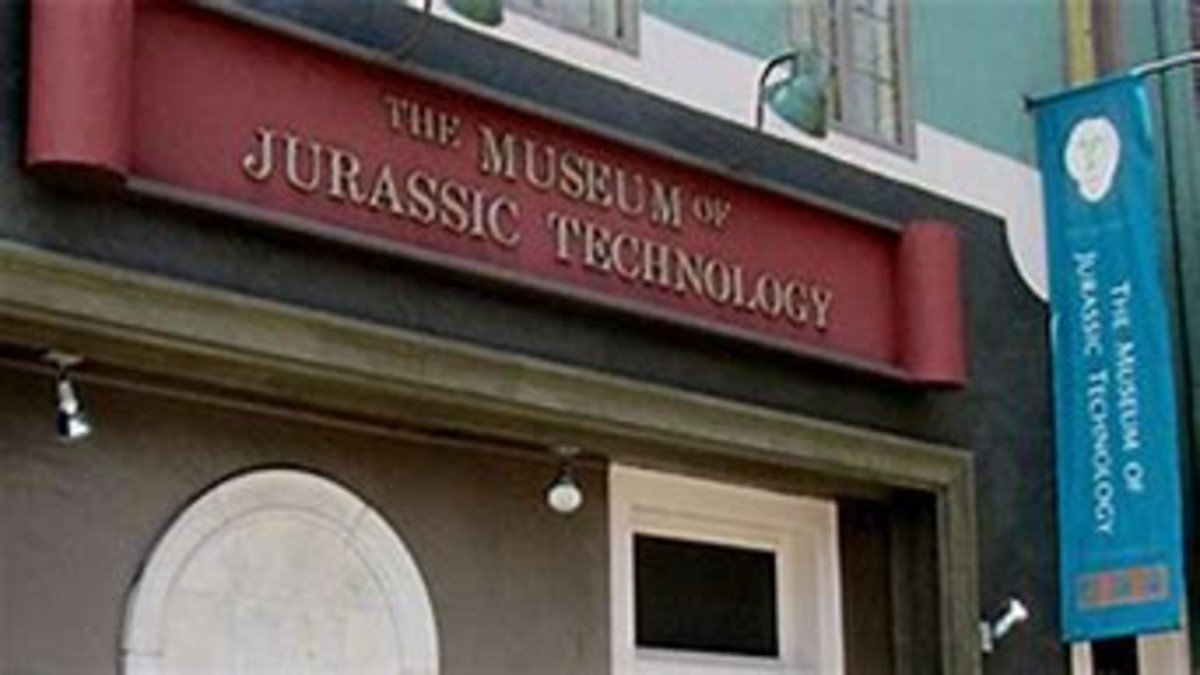others
Inside the Mind-Bending World of the Museum of Jurassic Technology

Tucked away in Culver City, Los Angeles, lies one of the most curious and surreal museums you’ll ever encounter: the Museum of Jurassic Technology. From the moment you step through its unassuming entrance, you’re transported into a world where reality blurs with fiction, science dances with myth, and curiosity becomes your compass.
Forget everything you know about museums. The Museum of Jurassic Technology isn’t here to educate in the traditional sense it’s here to intrigue, perplex, and amaze.
What Is the Museum of Jurassic Technology?
At its core, the Museum of Jurassic Technology is an art installation disguised as a museum. Founded in 1988 by David Hildebrand Wilson and Diana Drake Wilson, this place doesn’t adhere to conventional museum rules. Instead, it exists in a gray area where storytelling and science merge to create a completely unique, sometimes confounding experience.
Despite the name, this museum has nothing to do with dinosaurs or prehistoric times. The term “Jurassic Technology” is more poetic than literal meant to challenge the mind and question the boundaries of knowledge and belief.
A Journey Through the Uncanny
Once inside, visitors walk through dimly lit corridors filled with antique wooden display cases, each containing exhibits that are as strange as they are fascinating. Some of them include:
- Microminiature sculptures placed inside the eyes of needles
- A collection of failed Soviet space dog missions
- The alleged history of superstitions surrounding trailer parks
- Displays exploring the maladies of the 17th century
Every object is presented with detailed descriptions and scientific-sounding explanations—but whether it’s real, fabricated, or a bit of both is left for you to decide.
Fact, Fiction, or Both?
This is perhaps the biggest mystery and joy of the Museum of Jurassic Technology. Is it all real? That’s the question visitors often whisper to each other as they study each bizarre exhibit.
The museum never explicitly tells you what’s factual or fictional. That ambiguity is intentional. The point isn’t to trick or deceive but to make you question the nature of museums, the authority of knowledge, and your own assumptions.
A Philosophical Undertone
Underneath the strange exhibits lies a deep philosophical current. The museum challenges the Enlightenment idea that knowledge is neat, objective, and classifiable. Instead, it suggests that truth can be messy, layered, and sometimes impossible to pin down.
By blurring lines between reality and invention, it makes you more curious, more skeptical, and more open to wonder.
The Atmosphere: Dark, Dreamlike, and Intimate
Don’t expect bright lighting or interactive digital screens. The Museum of Jurassic Technology is a low-lit labyrinth filled with mysterious music, velvet drapes, and intricately carved woodwork. It feels like stepping into a Victorian curiosity cabinet, or perhaps a wizard’s library.
The silence of the space is part of the experience. You’re meant to explore slowly, question deeply, and let your imagination wander.
Conclusion
The Museum of Jurassic Technology is not a place you “understand” it’s a place you experience. It’s part museum, part theater, part dream. Some walk away confused, others enlightened, but almost everyone walks away talking about it.
So, if you’re in Los Angeles and want to do something completely out of the ordinary, step into this enchanting maze of mystery. You may not find answers but you’ll definitely find wonder.
FAQs About the Museum of Jurassic Technology
Q1: Is the Museum of Jurassic Technology appropriate for kids?
It’s better suited for older teens and adults who enjoy abstract or conceptual experiences. Younger kids might find it confusing or unengaging.
Q2: Is everything in the museum real?
That’s part of the mystery! Some exhibits are factual, some fictional, and some a bit of both. The museum never tells you which is which.
Q3: How long should I plan to stay?
Most visitors spend 1.5 to 2 hours exploring, but you could stay longer if you’re deeply curious.
Q4: Can I take pictures inside?
No, photography is not permitted inside the museum. This helps preserve the immersive and mysterious atmosphere.
Q5: Is there parking available?
Yes, street parking is usually available nearby, but give yourself some time to find a spot, especially on weekends.


 tech3 weeks ago
tech3 weeks agoExploring the World of AI Creativity Through ai-work-archives-ghaus-editz

 business1 month ago
business1 month agoExploring the Rise of Sichuan Tong Dao Technology Co Ltd in China’s Tech Industry

 tech1 month ago
tech1 month agoEmpowering Digital Innovation: Anantax Technologies Pvt Ltd at the Forefront of IT Solutions

 tech1 month ago
tech1 month agoThe Ultimate Guide on How to Run Star Technology Modpack Server Minecraft























